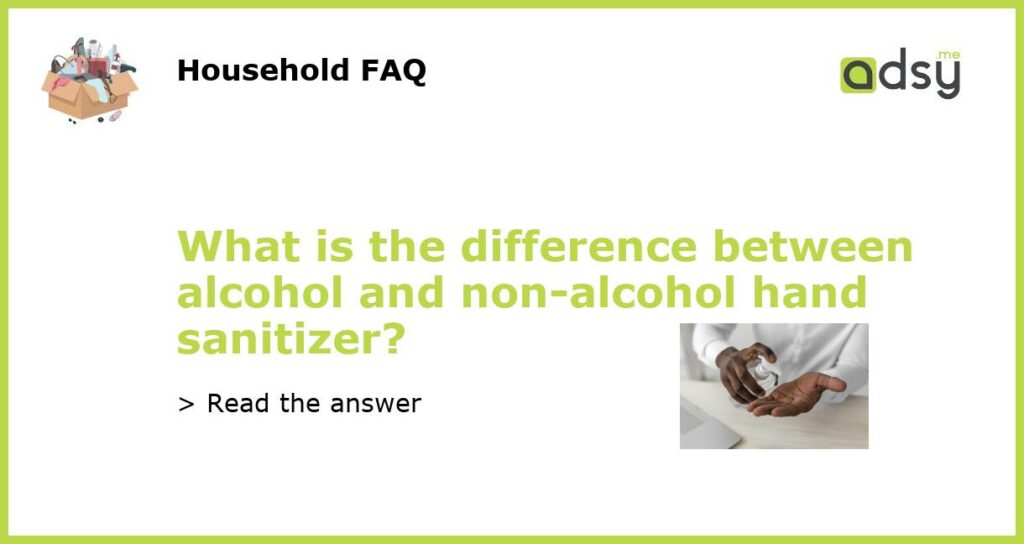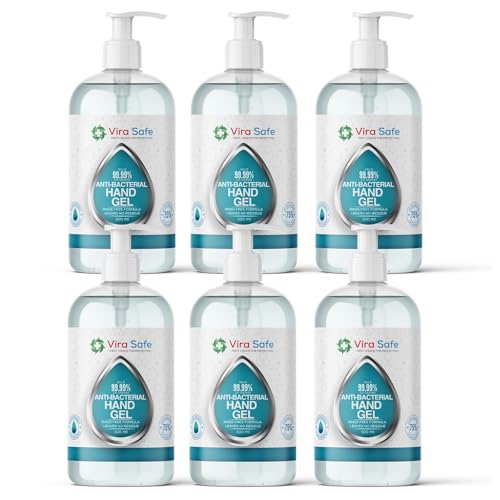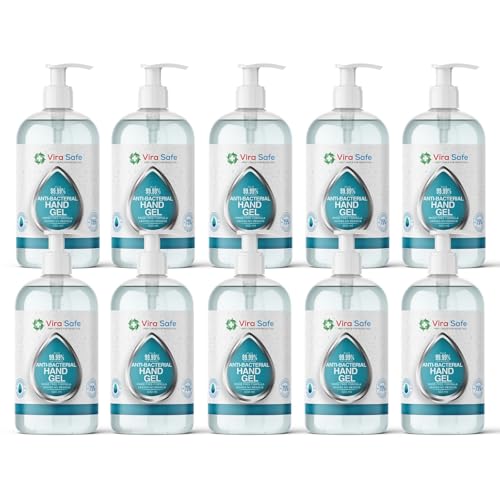Alcohol vs. non-alcohol hand sanitizer: Which one is better?
With the recent outbreak of COVID-19, hand sanitizers have become a staple in every household and workplace. While alcohol-based hand sanitizers have been around for a long time and are the most common type available, non-alcohol hand sanitizers have also gained popularity. But what is the difference between these two types of hand sanitizers? Here’s everything you need to know.
Composition and effectiveness
Alcohol-based hand sanitizers contain between 60% to 95% alcohol, usually in the form of ethyl or isopropyl alcohol. This alcohol content is what makes them effective in killing germs and viruses. Non-alcohol hand sanitizers, on the other hand, use different active ingredients such as benzalkonium chloride, chlorhexidine gluconate, or triclosan. While these ingredients are also effective in killing germs, they may not be as effective against some viruses as alcohol-based hand sanitizers.
Skin irritation and drying
One of the most common side effects of using alcohol-based hand sanitizers is skin irritation and drying. The high alcohol content tends to strip the skin of its natural oils, leading to dryness, redness, and even cracking. Non-alcohol hand sanitizers are less likely to cause skin irritation and dryness, making them a good choice for people with sensitive skin.
Safety and toxicity
Alcohol-based hand sanitizers are generally safe for use and are not toxic when used as directed. However, ingesting large amounts of alcohol-based hand sanitizers can be harmful and even lethal, especially for children. Non-alcohol hand sanitizers, on the other hand, are less toxic and safer for use, especially for children who may accidentally ingest them.
Cost and availability
Alcohol-based hand sanitizers are generally cheaper and more widely available than non-alcohol hand sanitizers. Non-alcohol hand sanitizers are usually more expensive to produce, and their active ingredients may be harder to find. However, with the recent surge in demand for hand sanitizers, both alcohol and non-alcohol hand sanitizers may be difficult to find in certain areas.






